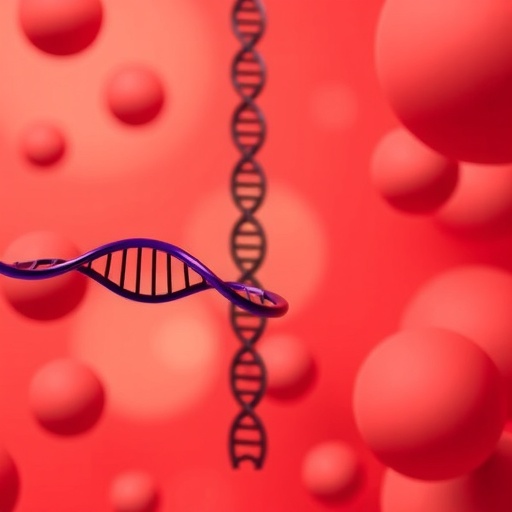Filled with a noxious brew of copper, cadmium and arsenic, with a pH rivaling that of sulfuric acid, Montana’s Berkeley Pit seems inhospitable to life. Nonetheless, scientists have discovered microorganisms in this abandoned copper mine and other human-made noxious sites. These extreme environments induce microbes to synthesize potent, never-before-seen molecules that could find uses in human medicine, according to an article in Chemical & Engineering News (C&EN), the weekly newsmagazine of the American Chemical Society.
Recently, scientists have begun exploring places like old copper mines and smoldering coal seams for signs of life. They suspect that some of the unusual molecules that microbes make to stay alive under such hostile conditions could help humans survive maladies such as cancer or antibiotic-resistant bacterial infections. However, researchers face substantial challenges in growing these microorganisms in the lab and isolating potentially useful compounds, which are just the first of many steps to move drugs into the clinic, freelance contributor Carrie Arnold writes.
Replicating in the lab the extreme environments in which these microbes thrive can be challenging or impossible. However, researchers Andrea and Don Stierle at the University of Montana cultured fungi from the Berkeley Pit in a nutrient broth spiked with pit water. The Stierles have since extracted and purified several new molecules from the fungi that show anti-cancer and antibiotic activities in vitro. Because many such extremophiles can’t be grown in the lab, some researchers have turned to a technique called metagenomics, which involves sequencing microbial DNA directly from environmental samples and then predicting classes of molecules the microbes might be making. Although no compounds identified from noxious environments have yet made it into the clinic, experts predict that it’s only a matter of time before these manmade disasters yield lifesaving medicines.
###
The article, “Scientists mine for potential drugs in the Berkeley Pit and other industrial sites,” is freely available here.
The American Chemical Society, the world’s largest scientific society, is a not-for-profit organization chartered by the U.S. Congress. ACS is a global leader in providing access to chemistry-related information and research through its multiple databases, peer-reviewed journals and scientific conferences. ACS does not conduct research, but publishes and publicizes peer-reviewed scientific studies. Its main offices are in Washington, D.C., and Columbus, Ohio.
To automatically receive news releases from the American Chemical Society, contact [email protected].
Follow us on Twitter | Facebook
Media Contact
Katie Cottingham
[email protected]
https:/




